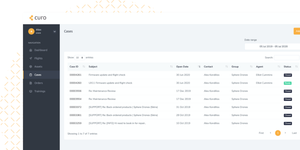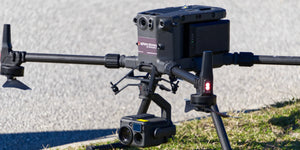Pests are often the cause of millions in dollars' worth of damage to crops every year, resulting in shortages and farmers not being paid for all the work they've done over the season.
What is pest removal?
To remove these pests, a number of methods are used. A common one is to have a crop spraying plane fly overhead and release pesticides onto the crops, an expensive and not highly precise way of doing it. Passive objects like scarecrows are also used to make pests think a predator is nearby but this doesn't always work.
How does pest removal work?
- A spraying drone is filled with a pesticide or similar substance with a pre-programmed flight path.
- The drone then completes the flight path while slowly depositing pesticide onto the crops at an adjustable rate depending on the requirements.
- This can be done as many times as required to ensure pests are removed.
- The drone lands and after a few days another drone captures data from the crops to see if the pests are still going strong or have been removed effectively.
Benefits of using drones
- Pesticides can be sprayed accurately to prevent wastage and over spraying areas that don't need it.
- A drone can get in the air within minutes and complete a job before a spraying plane is ready to go, saving time.
- Drones are much cheaper overall compared to manual methods currently used.
Image via DJI



















